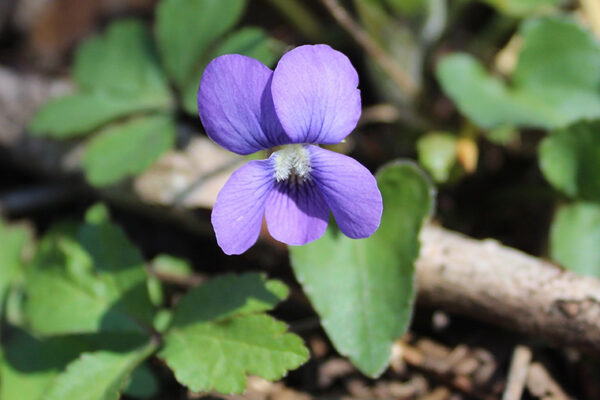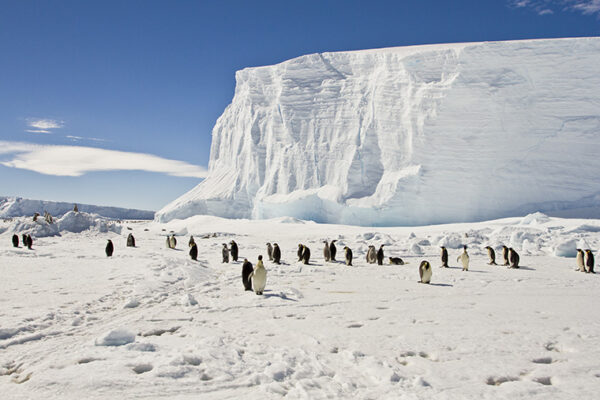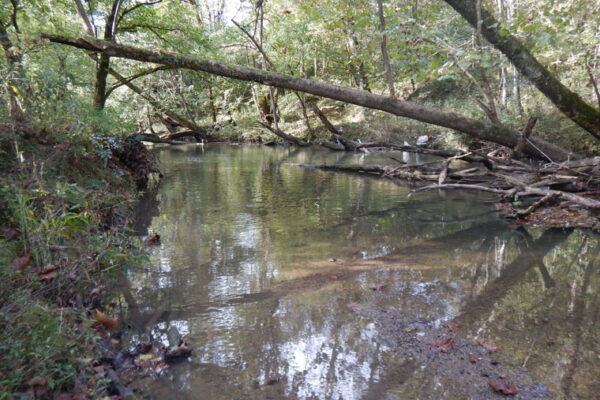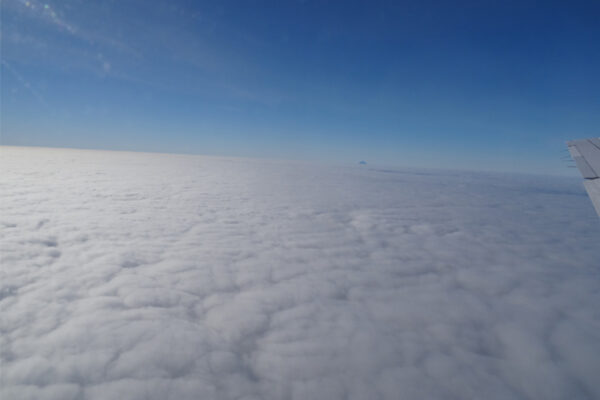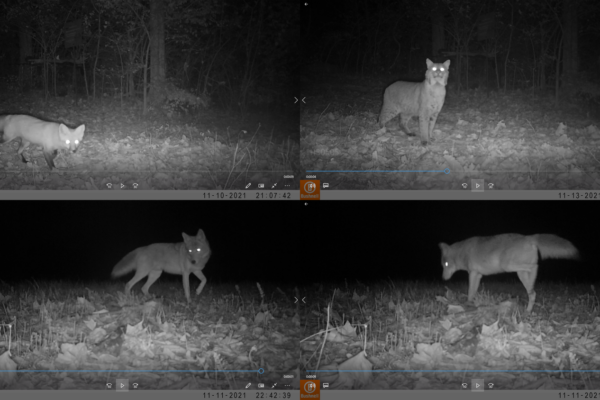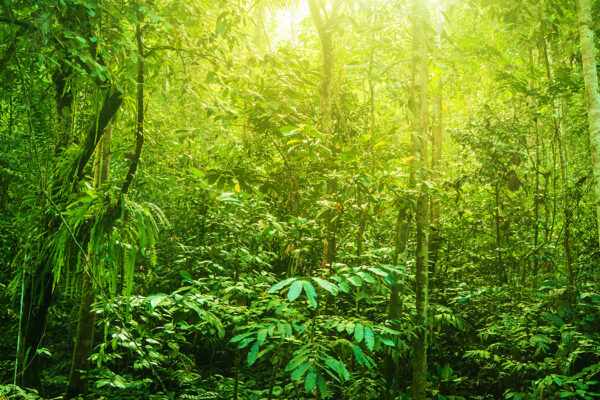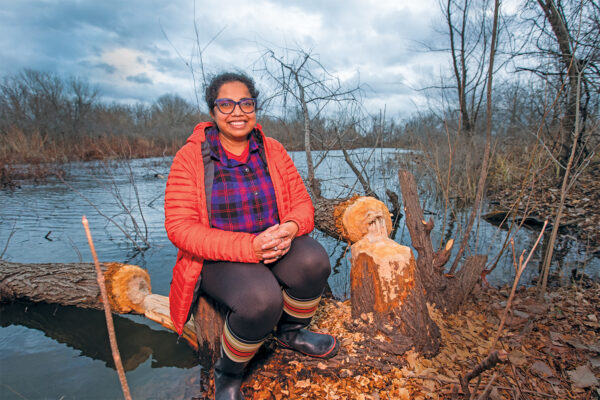Climate change is affecting when, how violets reproduce
Living Earth Collaborative postdoctoral fellow Matthew Austin published new research finding that climate change is affecting how violets reproduce.
Geoscientists to study structure and properties of Antarctic lithosphere
Geoscientists Walid Ben Mansour and Douglas A. Wiens in Arts & Sciences received a grant from the National Science Foundation to determine the thermal and compositional structure of Antarctica using seismic, gravity and topography data and petrological modeling.
Seed grant proposals sought
The McDonnell International Scholars Academy seeks proposals for its second cycle of Global Incubator Seed Grants. The submission deadline is Aug. 15.
Giving metal to microbes could reduce greenhouse gas
Collaborative research from the labs of Daniel Giammar and Jeffrey Catalano finds a lack of available metals may be responsible for more nitrous oxide than previously thought.
Where are the particles over the oceans from?
Jian Wang, professor at the McKelvey School of Engineering, will lead a research team that will analyze field study data to better understand how aerosol particles form over open oceans and their impact on cloud properties with a three-year $457,778 National Science Foundation grant.
Washington University joins effort to launch Taylor Geospatial Institute
Washington University in St. Louis is among eight research institutions that came together to help launch the Taylor Geospatial Institute, a hub for big data analytics and computing.
Canid conservation program launched
Washington University in St. Louis and the Living Earth Collaborative are part of a new Missouri-based conservation initiative led by the Saint Louis Zoo. Working with the Endangered Wolf Center, scientists are looking to answer ecological and health-related questions about canids — red foxes, gray foxes and coyotes — as well as bobcats, which live in close association with canids.
Changes in vegetation shaped global temperatures over last 10,000 years
Alexander Thompson, a postdoctoral research associate in earth and planetary sciences in Arts & Sciences, updated simulations from an important climate model to more accurately reflect the role of a greener Sahara and the coniferous and deciduous forests of the mid-latitudes and the Arctic.
Into the wild
Biologist Arpita Bose explains the importance of wetlands and the microorganisms living there to capture carbon — and to possibly provide solutions for a clean energy future
Fangqiong Ling
Fangqiong Ling shares her love for science both inside the classroom and outside in the St. Louis community. Her commitment to impactful research has earned her recognition from associations, mentors and colleagues.
Older Stories
